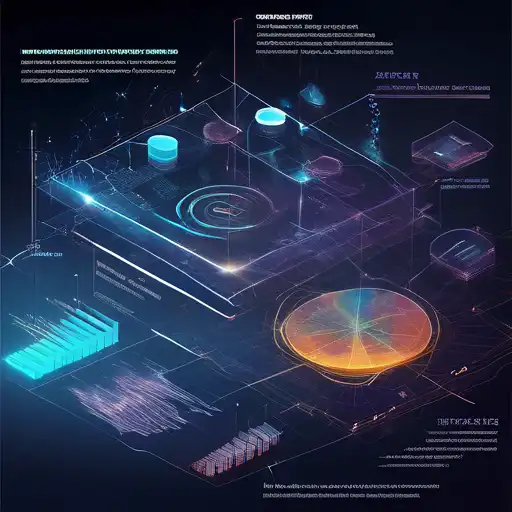Introduction to Data Visualization
In the era of big data, the ability to visualize complex datasets in an understandable and actionable manner is invaluable. Data visualization techniques transform raw data into visual contexts, such as charts, graphs, and maps, making it easier to identify patterns, trends, and outliers. This article explores the most effective data visualization techniques that can help businesses and individuals gain better insights from their data.
Why Data Visualization Matters
Data visualization is not just about making data look attractive; it's about making data accessible and comprehensible. By leveraging visual elements, stakeholders can grasp difficult concepts or identify new patterns quickly. This is crucial in today's fast-paced business environment where timely decisions can make or break success.
Key Data Visualization Techniques
There are several data visualization techniques that can be employed depending on the nature of the data and the insights sought. Below are some of the most effective ones:
- Bar Charts: Ideal for comparing quantities across different categories.
- Line Graphs: Best for visualizing data trends over time.
- Pie Charts: Useful for showing proportions within a whole.
- Scatter Plots: Excellent for identifying correlations between two variables.
- Heat Maps: Great for visualizing complex data like user behavior on websites.
Advanced Techniques for Deeper Insights
For those looking to dive deeper, advanced techniques such as interactive dashboards, geospatial mapping, and multidimensional scaling offer even more nuanced insights. These methods allow users to explore data in real-time, uncovering layers of information that static visuals cannot.
Choosing the Right Tool
Selecting the right data visualization tool is as important as the technique itself. Tools like Tableau and Power BI offer robust functionalities for creating dynamic and interactive visualizations. Meanwhile, programming languages like Python and R provide libraries such as Matplotlib and ggplot2 for more customized solutions.
Best Practices for Effective Data Visualization
To maximize the impact of your data visualizations, consider the following best practices:
- Keep it simple and avoid clutter.
- Use colors strategically to highlight key information.
- Ensure your visualizations are accessible to all audiences, including those with color vision deficiencies.
- Always provide context for your data to aid interpretation.
Conclusion
Data visualization is a powerful tool for unlocking the stories hidden within data. By employing the right techniques and tools, businesses can enhance their decision-making processes, uncover opportunities, and communicate insights more effectively. Whether you're a data scientist, business analyst, or just someone interested in data, mastering data visualization techniques is essential for deriving meaningful insights in today's data-driven world.
